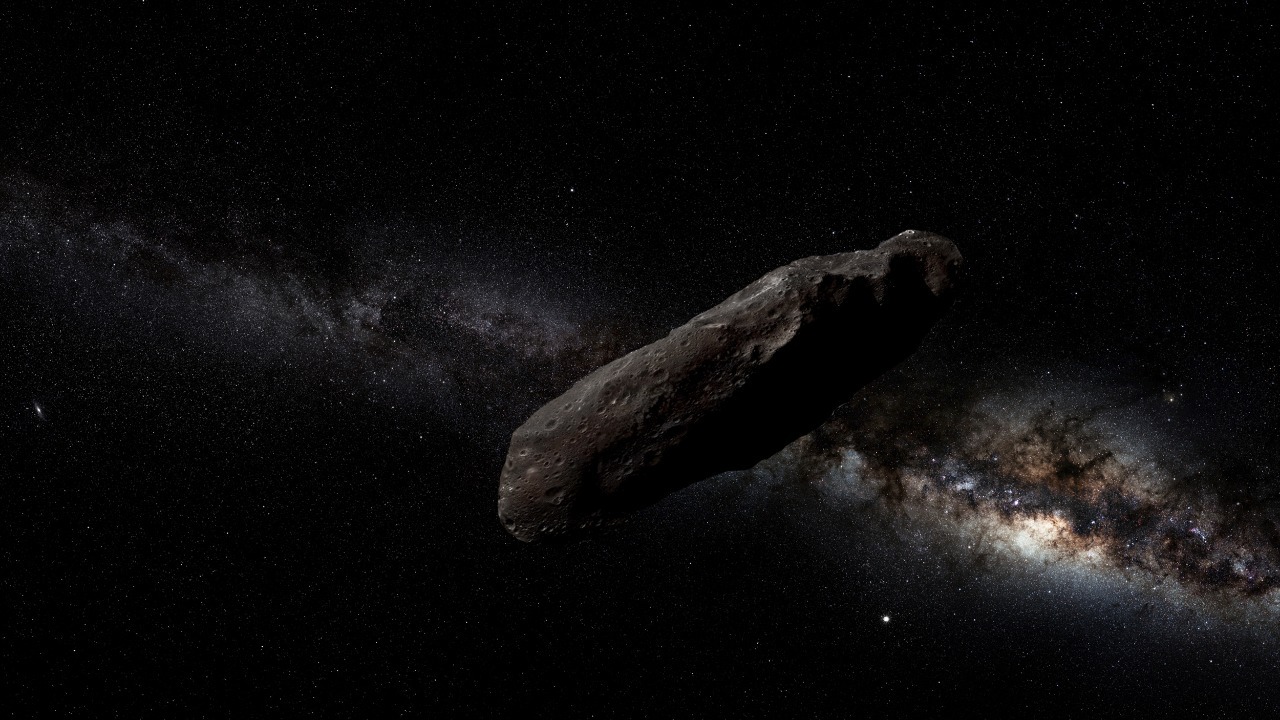
In recent years, the detection of rogue objects exiting our solar system has captivated the scientific community and the public alike. With advancements in technology and data analysis, probes have begun to identify these mysterious interstellar travelers, prompting questions about their origins and implications for our understanding of the cosmos.
The Nature of Rogue Objects
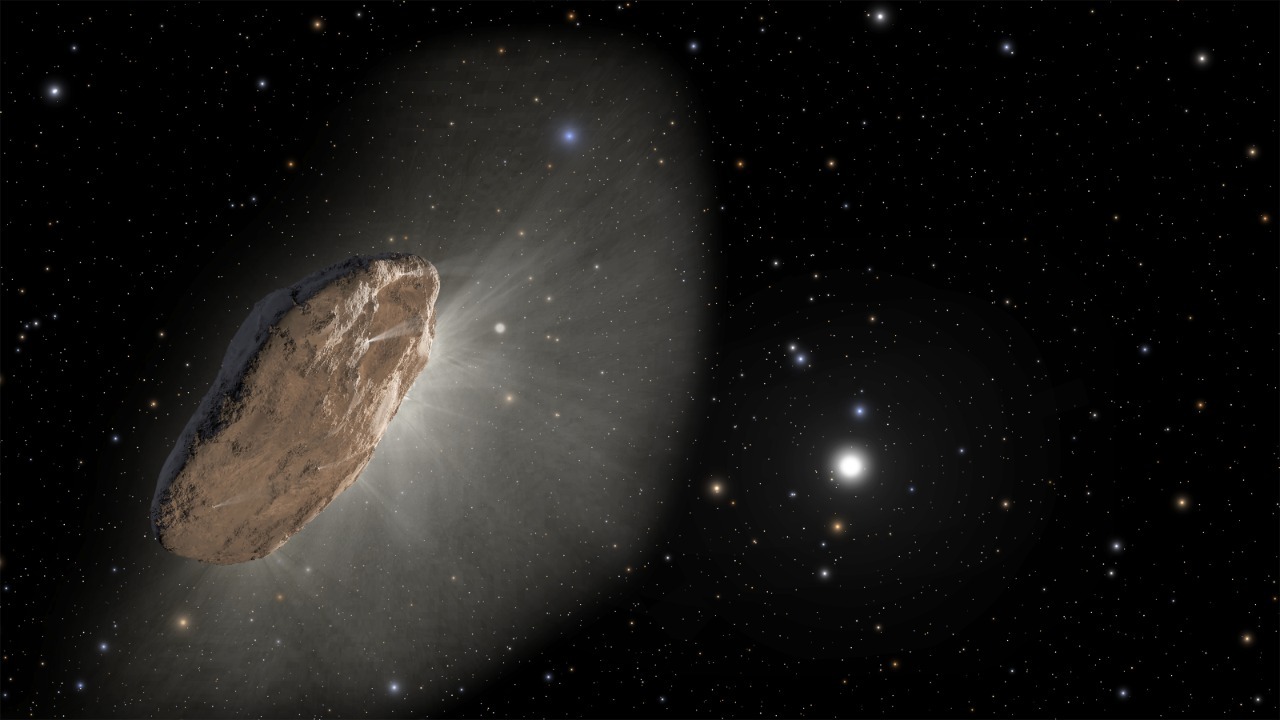
Rogue objects, also known as interstellar objects, are celestial bodies that wander through space without being gravitationally bound to any star system. Unlike planets, asteroids, or comets within our solar system, these objects are not tied to a specific orbit around the Sun. Instead, they travel through interstellar space, often at high velocities, which distinguishes them from traditional celestial bodies. Rogue objects are generally characterized by their unpredictable trajectories and the fact that they do not originate from our solar system.
The origins and pathways of rogue objects are subjects of significant scientific interest. These objects may be ejected from their original star systems due to gravitational interactions or other cosmic events. Once free, they drift through the galaxy, occasionally passing through other star systems, including our own. As they race through the solar system, they can offer valuable insights into the processes and dynamics at play in their home systems. Understanding their paths and velocities can help scientists infer the conditions in distant parts of the galaxy.
Notable examples of such rogue objects include ‘Oumuamua, the first known interstellar object to pass through our solar system, and Borisov, the first confirmed interstellar comet. These objects have provided researchers with unique opportunities to study material from beyond our solar neighborhood. For instance, ‘Oumuamua’s elongated shape and unusual acceleration puzzled scientists, while Borisov’s composition closely resembled that of native solar system comets, offering clues about the commonality of certain materials across the galaxy.
Technology and Methods of Detection
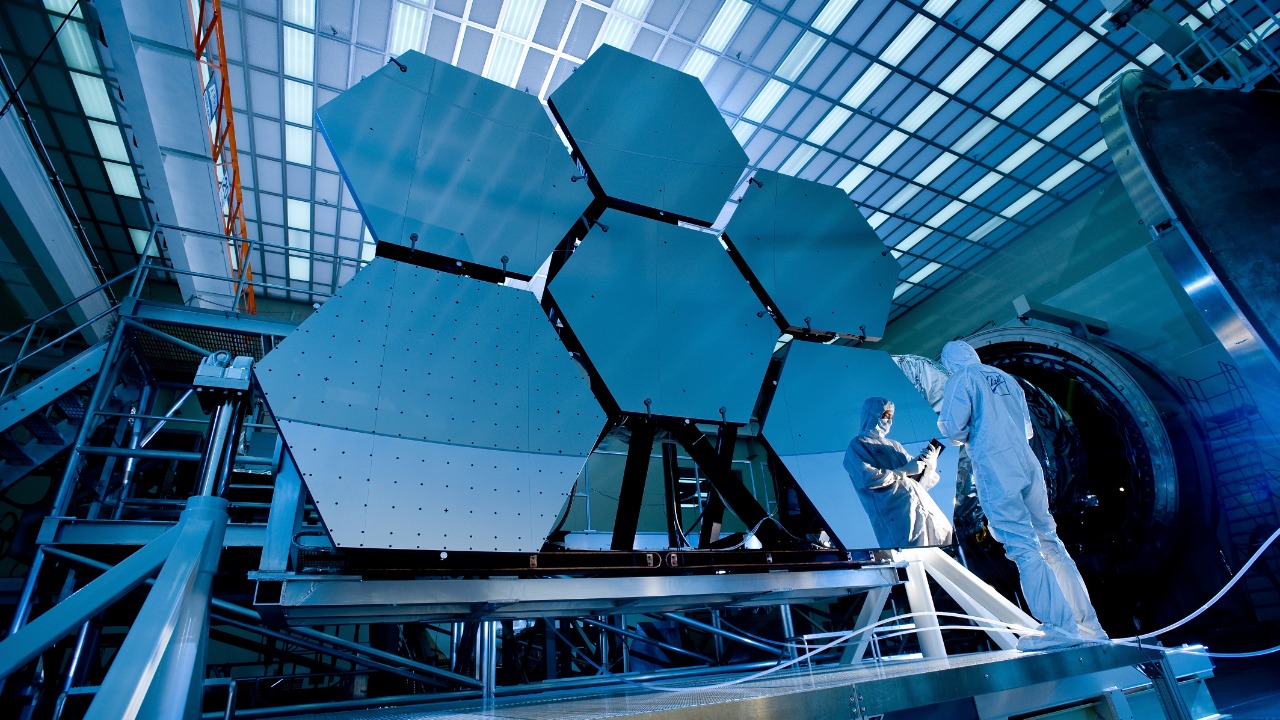
The detection of rogue objects relies heavily on advanced technology, including both space probes and ground-based telescopes. Instruments like the James Webb Space Telescope play a critical role in identifying these travelers. Equipped with powerful sensors and the ability to observe in various wavelengths, these technologies can detect the faint light reflected by these distant objects. Space probes, such as those from NASA, also contribute by providing detailed observations and data collection capabilities that are crucial for tracking these fast-moving bodies.
Data analysis techniques are vital in processing the vast amounts of information collected by these technologies. Scientists employ complex algorithms and modeling to identify and predict the trajectories of rogue objects. These methods allow researchers to differentiate between interstellar objects and regular solar system bodies. The ability to accurately track these rogue objects is essential for understanding their origins and potential impacts on our solar system.
Despite the advancements in technology, detecting rogue objects remains a challenging task. Their small size and high speed make them difficult to spot, often requiring serendipitous observations or targeted searches based on specific criteria. The vastness of space further complicates detection, as these objects can appear in unexpected locations, requiring constant vigilance and innovation in observational techniques.
Implications for Astronomy and Cosmology
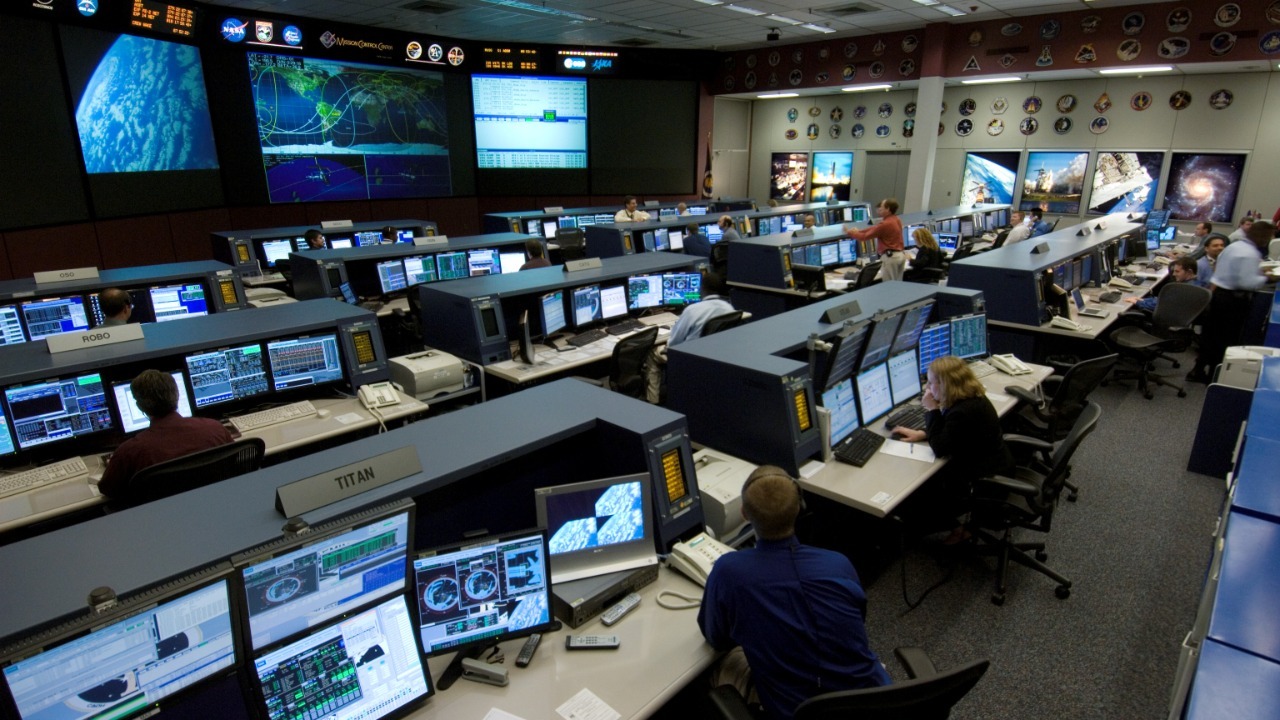
The study of rogue objects has significant implications for our understanding of the solar system and its boundaries. By examining these interstellar travelers, scientists can gain insights into the interactions between the solar system and the surrounding interstellar environment. This research can shed light on the processes that govern the formation and evolution of planetary systems, as well as the potential for similar objects to exist elsewhere in the galaxy.
Rogue objects also offer valuable insights into galactic dynamics. By analyzing their compositions and trajectories, researchers can infer the conditions and events that led to their ejection from their original star systems. This information helps scientists build a more comprehensive picture of the forces at play within the galaxy, including gravitational interactions and stellar evolution. Studying rogue objects can also enhance our understanding of the distribution of matter in the galaxy and the potential for life beyond our solar system.
As interest in these objects grows, future research directions are likely to include missions specifically designed to study rogue objects up close. Such missions could provide unprecedented data on their physical characteristics, compositions, and origins. By exploring these interstellar visitors, scientists hope to unlock new knowledge about the universe and its myriad mysteries.
Public Interest and Speculation
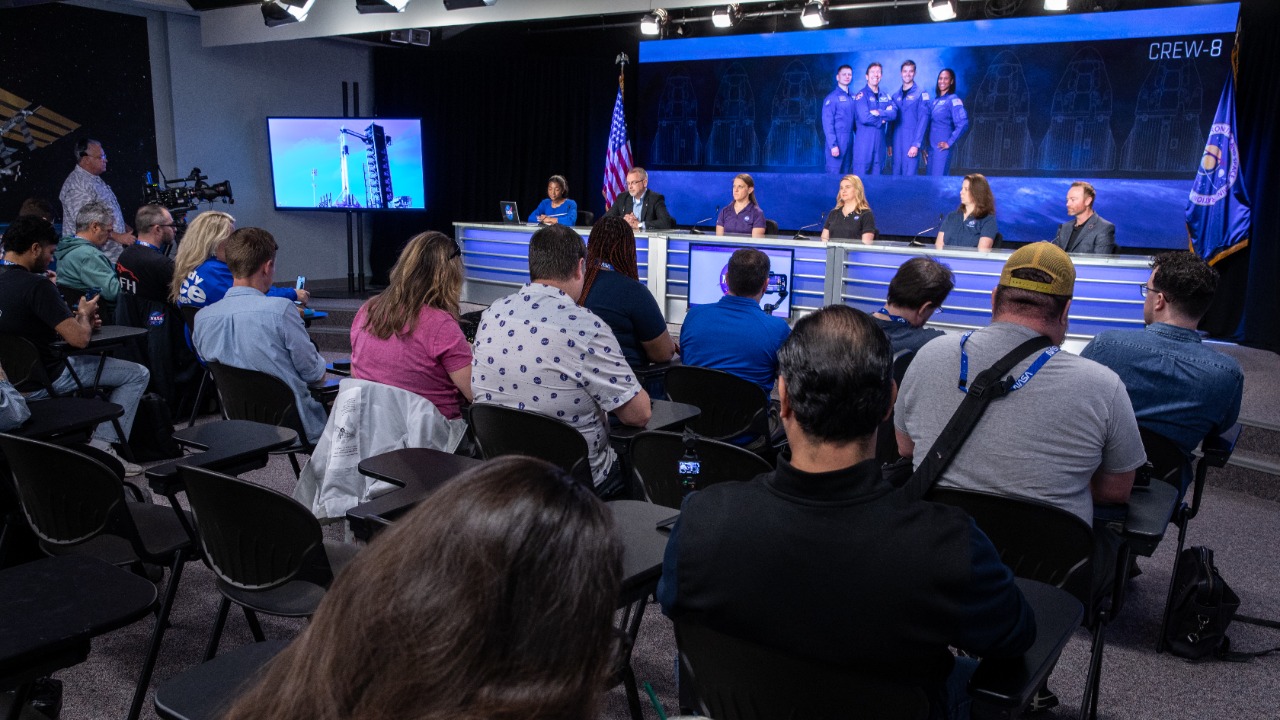
The discovery of rogue objects has captured the public’s imagination, fueled by widespread media coverage and the inherent mystery surrounding these cosmic wanderers. Stories about these interstellar travelers often feature intriguing details and speculative theories, drawing attention to the wonders of the universe. The public’s fascination with rogue objects reflects a broader interest in space exploration and the search for extraterrestrial life.
Speculative theories and scientific discussions have emerged in response to the discovery of rogue objects. Some researchers have hypothesized that these objects could be remnants of ancient planetary systems, while others speculate about their potential as carriers of life or information from distant civilizations. Such theories, while unproven, highlight the vast possibilities that exist in the realm of astronomy and cosmology. They also underscore the need for continued exploration and study of these enigmatic objects.
The discovery of rogue objects presents numerous educational opportunities, encouraging the public to engage with scientific concepts and explore the wonders of the cosmos. By highlighting these discoveries, educators and scientists can inspire the next generation of astronomers and astrophysicists. Public interest in rogue objects can serve as a catalyst for increased awareness and understanding of the universe, fostering a greater appreciation for the complexities and beauty of space.